The Tour de France is so popular that it’s estimated one third of the population of the country line the streets and mountains of France to watch their sweaty heroes glide by. But it’s not been smooth riding all the way; there have been crimes, scandals and outrageous behaviour in the long history of the Tour de France.
The first Tour de France was held in 1903 as a means to create publicity for new sports magazine L’Auto, which was under the editorship of Henri Desgrange. There were 60 riders who traversed 2,428 km in total; only 21 of them finished the race.

1904
The early Tours were undertaken on dark, isolated country roads, often in the very early hours of the morning, with limited supervision by officials. And so, people being people, they tried to cheat the system.
By the end of the 1904 Tour de France, the four top riders had been stripped of their victories. The overall winner, Maurice Garin, as well as 12 other riders, were accused of taking the train rather than racing along with their bikes.
And that wasn’t even the worst scandal of the second Tour de France. During the long ride up the col de la République in the Massif Central, a carload of supporters of local rider Alfred Faurè gave a menacing threat to Garin and other riders: let Faurè win the stage. A hundred or so of these supporters waited at the summit for Faurè to pass, then hurled sticks and stones at the remaining riders. Garin was injured in the face, and another rider Giovanni Gerbi was beaten too badly to continue. The hostile crowd only dispersed when an official car arrived, firing guns into the air.
Faurè may have won the climb to the top, but he was soon overtaken by other riders and disqualified when he finally reached the end of the stage.
29 riders in total were found guilty of some offense.
Henri Desgrange was devastated.
The Tour de France is finished and I’m afraid its second edition has been the last.
Henri Desgrange
Fortunately, it went on to become bigger and better.
1910
Desgrange decided the race needed new challenges. And so, in 1910, the Pyrenees were added to the course. At this time much of the Pyrenees was wilderness, its main roads little more than sheep and donkey tracks. Bears were also known to live wild in the area.
The first crossing was the 1709 metre high col d’Aubisque. Whilst lower than the Alps, the terrible condition of the paths made cycling almost impossible. Desgrange and other officials waited impatiently at the top for a long time before they finally saw the hot, dusty, exhausted riders walking with their bicycles.

One of the riders, Octave Lapize, walked past the officials and spat out the word “murderers”. Luckily for him he would go on to win the Tour that year.
1913
The tenth Tour de France was the first to traverse France in an anti-clockwise direction. It was also a race where 29 riders were forced to abandon after cycling over a bed of nails strewn across the road.
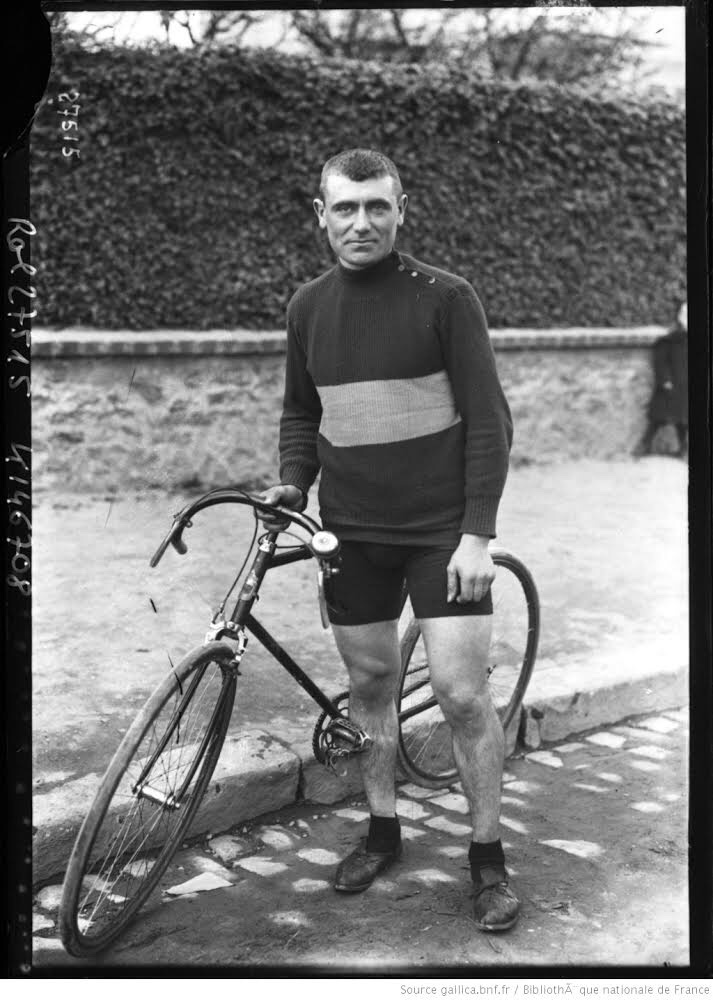
The rules were tough in those days – no outside help was allowed. So when Eugène Christophe damaged his bike irreparably on a downward run, he walked ten kilometres to the nearest village where he could not even ask the local blacksmith for help. So he took over the forge himself and made a new fork for his bicycle. He lost 3 hours, was fined 10 minutes for having a village boy use the bellows, and said goodbye to his chance of winning the Tour.
1929
Victor Fontan faced a similar problem during the race in 1929. Proudly wearing the yellow jersey, he started the 10th stage. Eight kilometres later he either fell into a gutter or hit a dog; either way he crashed in such a way his bike was completely mangled.
Feeling desperate, Fontan knocked on doors in the village (in the dark as the stage had started before dawn), finally finding a spare bike he could use. But the rules required that a rider must finish the Tour with the bike he started with, so the brave Fontan cycled 161 km with his broken bike strapped to his back. When he finally gave up at the village of Saint-Gaudens, he was in tears. His heartfelt sobbing was recorded by several reporters, this being the first year the Tour was covered by radio, and broadcast later that day to the nation.
Rightly so, the public were outraged at the Tour de France’s harsh rules.
You lose the Tour de France when you find someone better than you are. You don’t lose it through a stupid accident to your machine.
Journalist Louis Delblat, Les Echoes des Sports

The organisers gave into the public pressure and the next year back up support and replacement bikes were allowed.

As for Fontan, he returned as the captain of the French team in 1930, but alas, success was to elude him.
1960
Such is the Tour’s popularity, despite its scandals, even presidents take the time to watch the race. The Tour of 1960 learned rather late in the day that President Charles de Gaulle would be at the bottom of his garden at his home in Colombey-les-Deux-Églises, not too far from the end of the stage in Troyes, watching the race go by.
The message was passed down from the front to the back that the riders would stop in the village for a polite chat with the president. Which they did, and pleasantries were exchanged from the president to the peloton. But when the last cyclist of the stage, French rider Pierre Beuffeuil, finally reached Colombey and not knowing why the pack was dismounted, he took the advantage and pedaled as fast as he could towards the finish at Troyes. The angry peloton were not able to catch up and Beuffeuil had an unexpected win of the stage.
To be fair to Beuffeuil he had suffered a puncture early in the day and therefore had not been part of the peloton when they had received the message about de Gaulle. It ended up being a pretty lucky puncture.
Open here to watch original film of General de Gaulle greeting the cyclists
1978
On a stinking hot day in the Tour of 1978, during a long ride between Bordeaux and Biarritz, French rider Dante Coccolo was to discover that the peloton is like one moving organism; it is a collective rather than a place for individual glory.
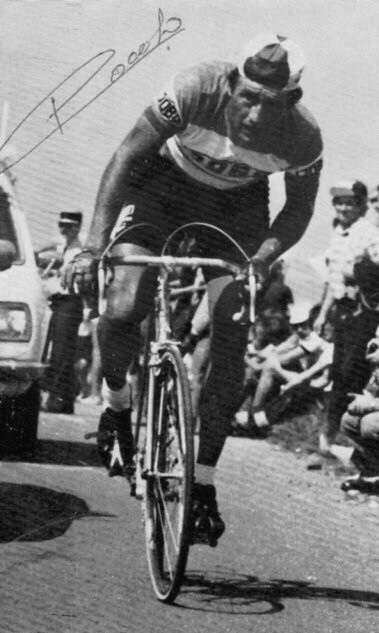
When riders in the peloton in 1978 stopped for one of their bathroom breaks behind the bushes, the rest of the peloton slowed down. It’s an unwritten rule. But Coccolo took the opportunity to race ahead of the pack, hoping to give himself a safe lead. When he had to stop for his own break in the bushes not long after, several of the riders grabbed his bike from the side of the road, wheeled it for a kilometre or so, then threw it into a ravine.
Coccolo had to wait a long and humiliating five minutes for his team car to reach him so he could retrieve his missing bike. He ended up finishing second last in the race that year and never took part again.
1990s
The Tour de France is a long race. How do the riders keep themselves amused when they spend so much time in the saddle?
For Italian Mario Cipollini, the – ahem- female figure was his amusement of choice. Various pictures of Playboy centerfolds were affixed to the front of his bike so he could ogle to his heart’s content; apparently Pamela Anderson of Baywatch fame was a favourite.

Cipollini also made headlines over various Tours with some rather fabulous cycling gear: a tiger-print outfit, a Julius Caesar costume, and an outfit covered with images of internal organs. He was once photographed famously smoking a cigarette during a race.

Whilst Cipollini could never actually be bothered to finish a whole Tour de France, he did win 12 stages as a sprinter before his retirement in 2006.
1998
The use of drugs in sports is nothing new. In 1924, French riders showed reporters a bag full of strychnine, cocaine and other stimulants; their use was accepted and even encouraged. It was no Tour de France scandal.
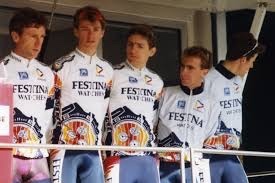
In 1998, however, when the manager of the French team Festina was found with a carload of banned substances, it was a scandal, and the team were excluded that year.
2013
In the second half of the 20th century, with doping pretty much illegal in all sports, people had to find undetectable ways to enhance their performance. Enter EPO, or erythropoietin, a drug developed to increase red blood cells in cancer patients. In athletes, the increased red blood cells leads to higher oxygen carrying capacity, and as it is a naturally occurring substance from the kidneys, it can be difficult to determine if an athlete is using it for blood doping.
EPO was one of the drugs of choice of Lance Armstrong, who after years of rumors, allegations and investigations, finally admitted to the use of steroids and blood doping in 2013.

Armstrong was one of the darlings of the Tour de France in the new millennium. After surviving testicular cancer, he made a spectacular comeback and won the Tour seven times in a row from 1999-2005. He then retired from professional cycling but 5 years later in 2010, aged 38, he rode again and reached 3rd place.
After two former teammates revealed they had used drugs, a US investigation was launched and showed that Armstrong had indeed done the same.
Armstrong was stripped of his seven Tour de France victories and banned for life. But of the men who came second place in those seven victories, none were promoted to the winner’s spot as they had all previously admitted to doping or were subject to their own doping scandals.
What’s next?

With the next Tour de France due to start soon, what new scandals and upsets can we expect!
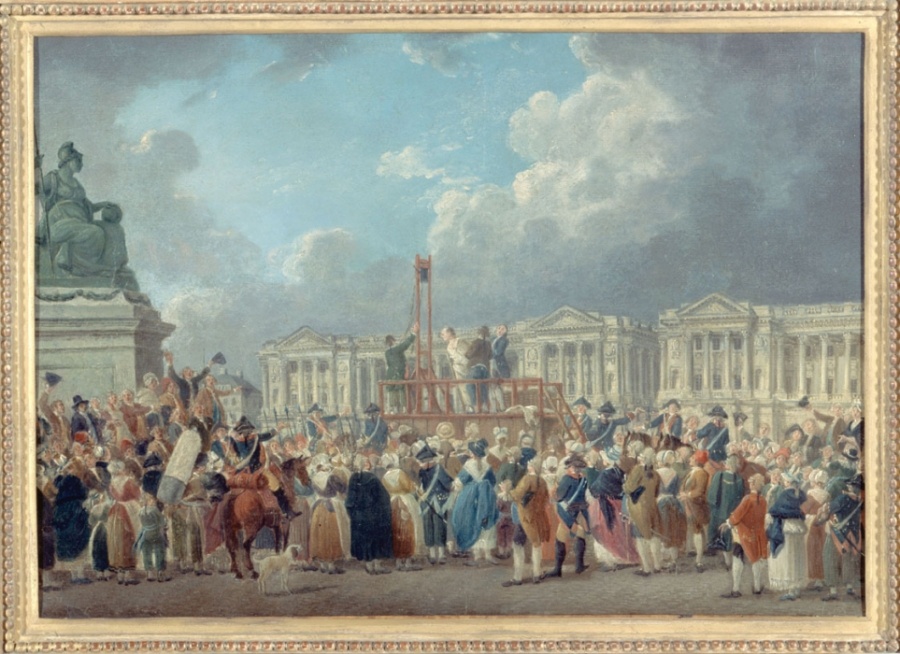

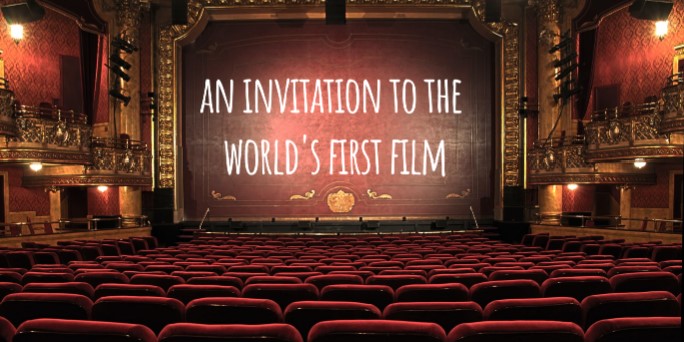
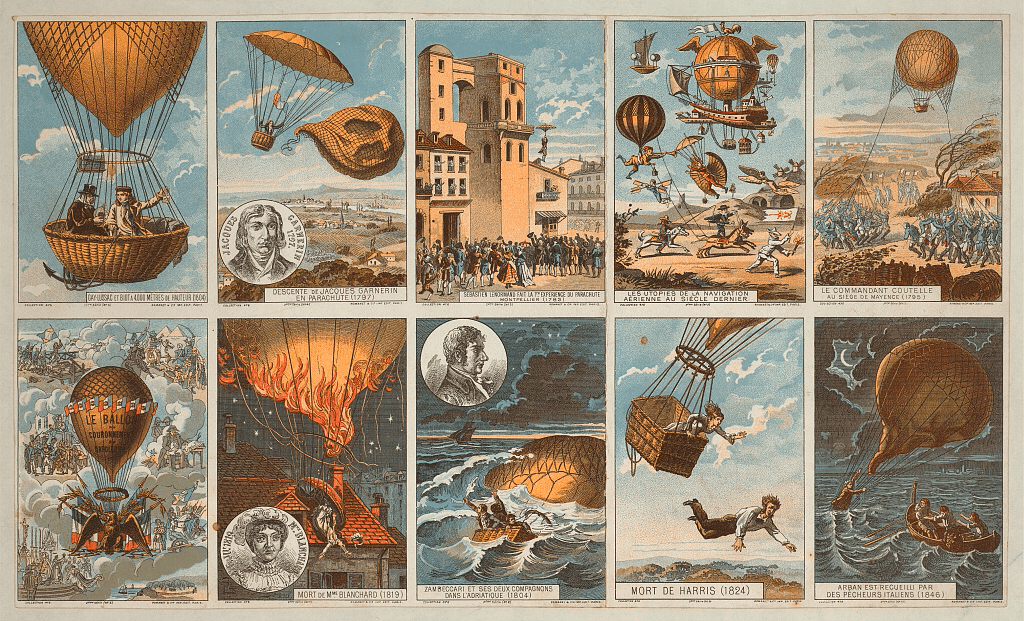
Goodness me, this all read as a comedy. Stealing bikes, reading porn whilst riding and smoking on the bike! I am glad they cleaned up the sport after the Lance Armstrong debacle. Or have they?????
An excellent question!